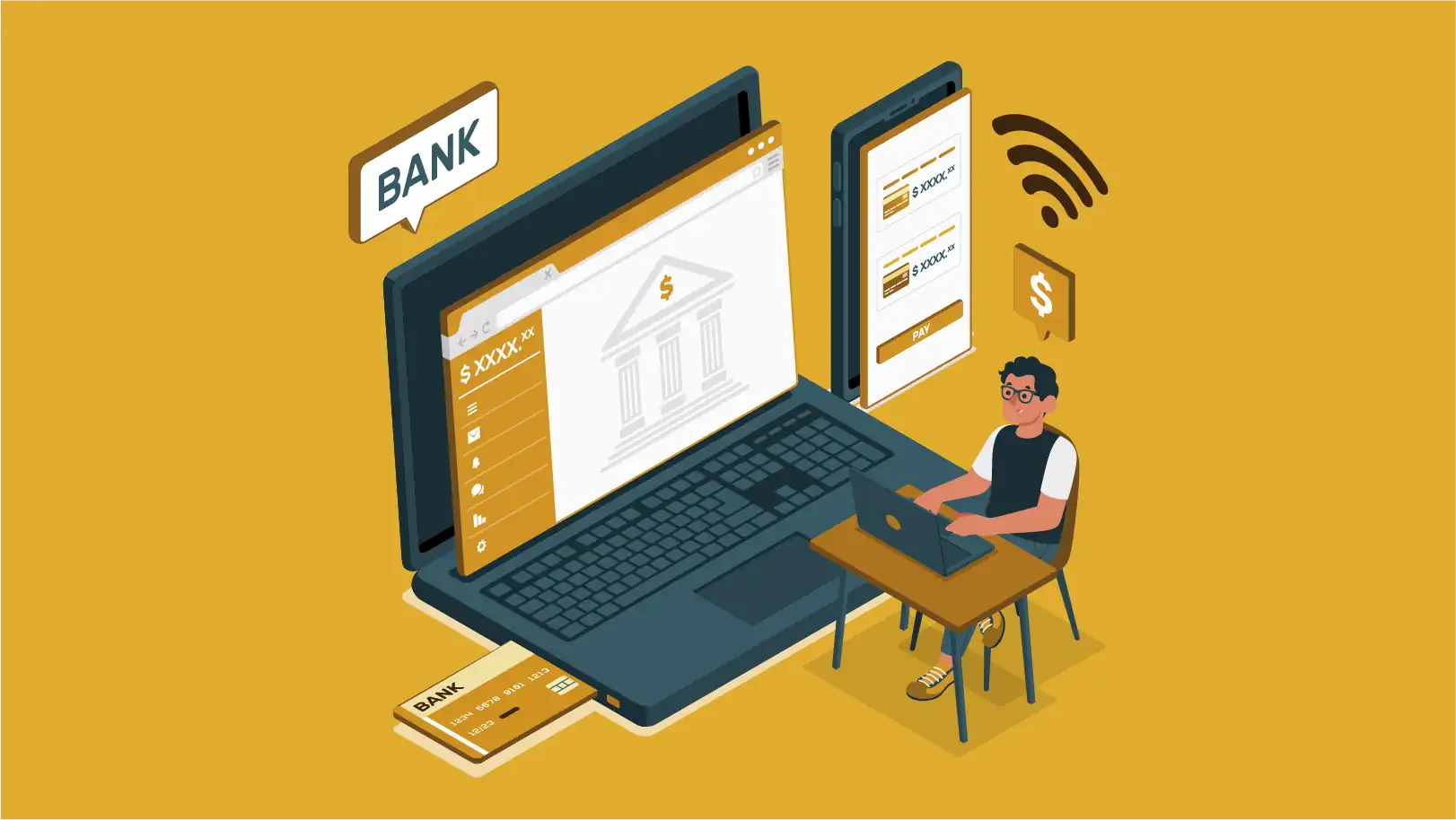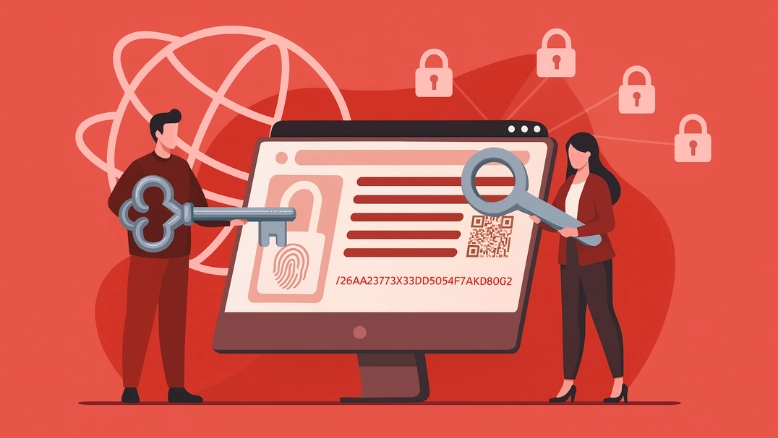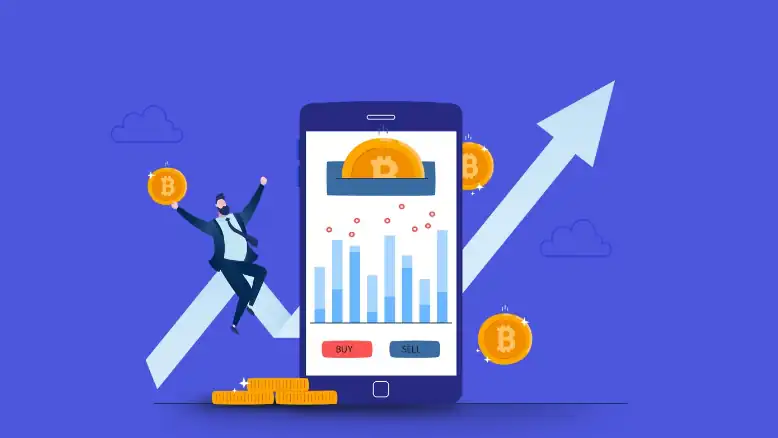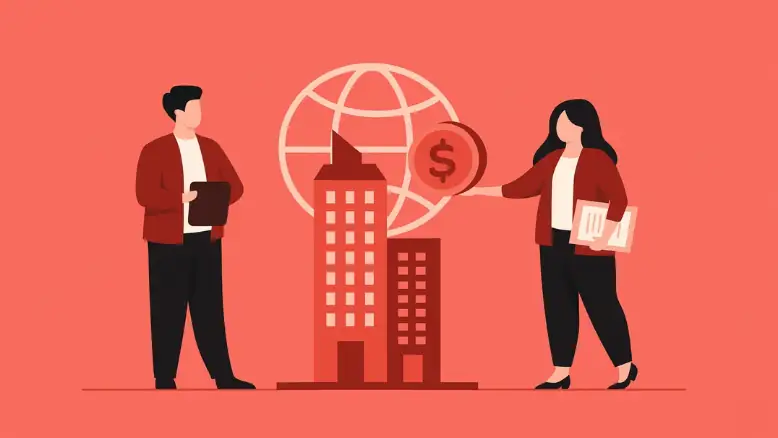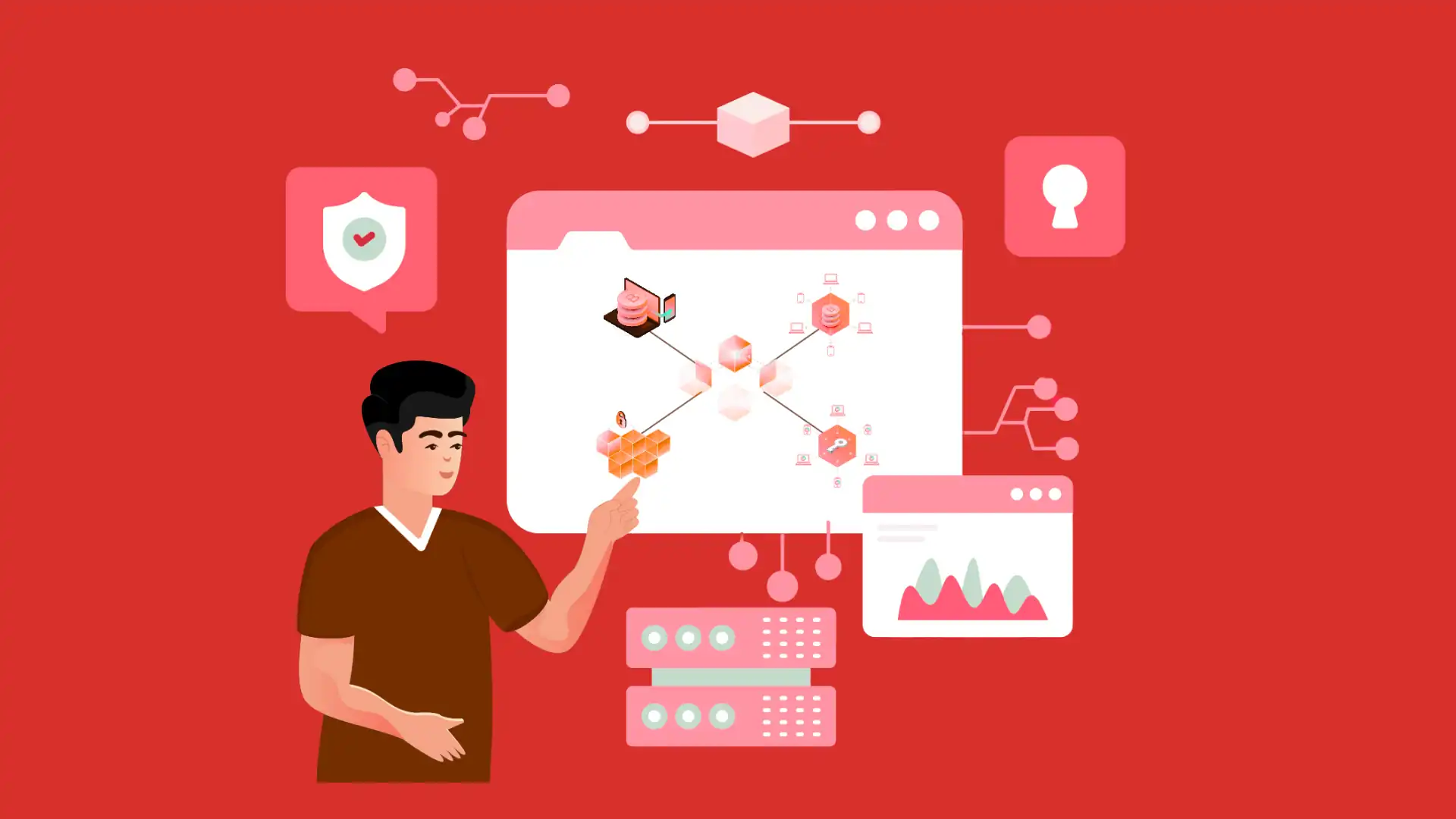
Asset tokenization changes how we invest in and trade valuable items, whether real estate, art, or even company shares. Tokenization allows these physical assets to be represented digitally using Blockchain Technology, making it easier and faster to trade them. Two main methods are commonly used to tokenize assets: on-chain and off-chain. Let’s dive into these concepts and explain their differences in simple terms.
What is Asset Tokenization?
Asset Tokenization is the process of turning real-world assets, like property, art, or gold, into digital tokens on a blockchain. These tokens represent a part of the asset, allowing people to buy, sell, or trade them more easily. Instead of having to buy the entire asset, you can own a fraction of it, making investing more affordable and accessible. Blockchain Technology ensures that all details about ownership are securely recorded and easily verified, reducing the chances of fraud. In simple terms, asset tokenization brings the benefits of digital finance to physical assets, making investments easier and more efficient.
Benefits of On-Chain vs Off-Chain Transactions
On-chain transactions happen directly on the blockchain, which makes them secure and easy to check. Every transaction is recorded on the blockchain, so anyone can see it and verify it, making it very trustworthy. Since these transactions are decentralized, they are harder to change or hack. However, on-chain transactions can sometimes take longer and may cost more because the blockchain network needs to verify them.
Off-chain transactions happen outside the blockchain. These are usually faster and cheaper because they don’t need to be processed by the entire blockchain. However, off-chain transactions are not as transparent or secure as on-chain ones because they rely on third parties, which could lead to mistakes or fraud. For people who want to invest in real-world assets like property or art, digital asset tokenization services help turn these assets into digital tokens. This makes it easier to buy, sell, or trade a piece of the asset. These services can use both on-chain and off-chain methods, depending on what’s best for the user.
Difference Between On-Chain and Off-Chain Asset Tokenization
-
Definition
On-Chain
In on-chain tokenization, tokens that represent ownership of real-world assets tokenization (like property or art) are created and stored on the blockchain. The blockchain records every transaction, so anyone can see changes in ownership.Off-Chain
In off-chain tokenization, the tokens are managed by a third-party service, not directly on the blockchain. This third party keeps track of the ownership and transactions, making it more centralized. -
Transparency
On-Chain
On-chain tokenization is completely transparent. Every transaction is visible on the blockchain, which anyone can check. This makes it easy for people to verify ownership and see the history of the asset.Off-Chain
Off-chain tokenization is less transparent because the third party controls the records. They don’t have to share all the details with the public, which can make it harder to verify information. -
Security
On-Chain
On-chain tokens are very secure. Since blockchain is decentralized, there’s no single point of failure. It’s harder for anyone to tamper with the records. This makes on-chain tokens safe and reliable.Off-Chain
In off-chain tokenization, the security depends on the third party. If their system is hacked or compromised, the token could be at risk. While it can be secure, it’s not as foolproof as on-chain. -
Speed and Cost
On-Chain
On-chain transactions can be slower and more expensive. Each transaction needs to be verified by the blockchain, and users often have to pay fees (called gas fees) to process them. So, it can take more time and money.Off-Chain
Off-chain transactions are faster and usually cheaper. Since the third party is managing everything outside the blockchain, they don’t need the blockchain to process each transaction. This makes off-chain transactions more affordable and quicker. -
Control
On-Chain
With on-chain tokenization, control is shared. No single person or organization can control the asset alone. The blockchain is decentralized, which means decisions about ownership are made collectively by the network.Off-Chain
In off-chain tokenization, the third-party service has more control. They can manage and change records at their discretion, which means users have to trust the service provider. -
Record Keeping
On-Chain
All transactions related to on-chain tokens are recorded on the blockchain. Once a record is added, it’s permanent and can’t be changed, providing a clear history of ownership.Off-Chain
In off-chain tokenization, records are kept by a third party. These records can be changed or adjusted more easily, but this can sometimes lead to trust issues since users have to rely on a third party. -
Flexibility
On-Chain
On-chain tokens are less flexible. Once a transaction is recorded, it’s permanent. This means there’s no way to undo it, which adds security but takes away some flexibility.Off-Chain
Off-chain systems are more flexible. The third-party can change records or even reverse transactions if needed. This offers more room for changes but can also make it less reliable.
Security Risks in On-Chain vs. Off-Chain Transactions
On-chain Transactions are stored directly on the blockchain, offering high security due to its decentralized nature. Multiple Computers verify each transaction, making tampering difficult. However, risks like losing private keys or potential bugs in smart contracts can still occur, leading to theft or security issues. In contrast, off-chain transactions rely on a third-party service to manage the records. While this system can be faster and cheaper, it poses risks as the third party becomes a central point of failure. If the service is hacked, assets could be stolen, and transparency is limited since the records are not public. This method is often used in off-chain trading , where transactions occur outside the blockchain to reduce fees and improve speed.
Real world asset tokenization services help convert physical assets like real estate or art into digital tokens on the blockchain. While on-chain services provide better security and transparency, off-chain services can be faster and more cost-effective but come with risks tied to trust in the third party managing the assets.
